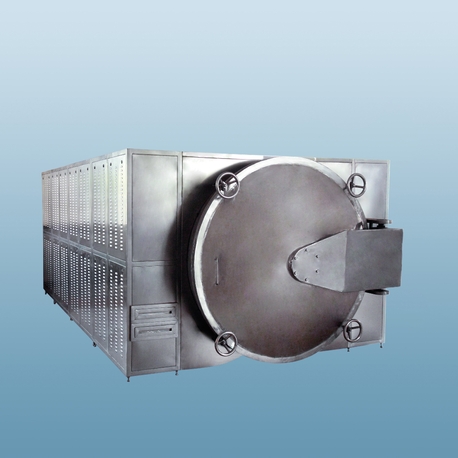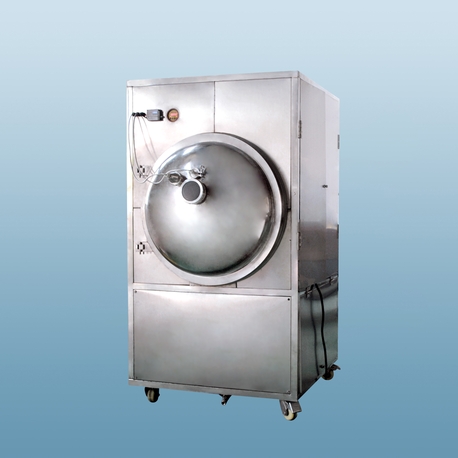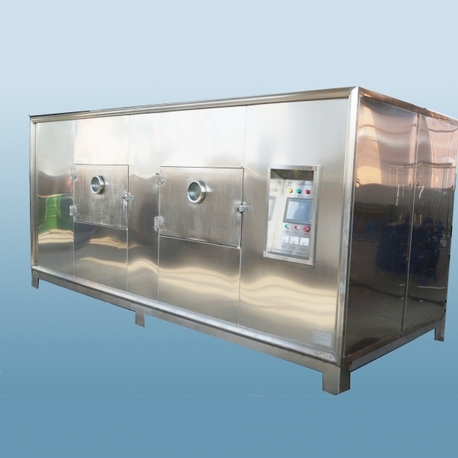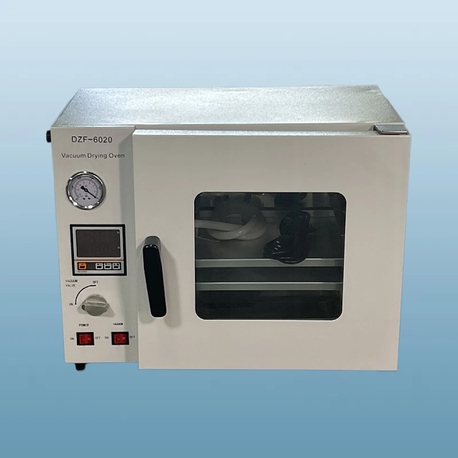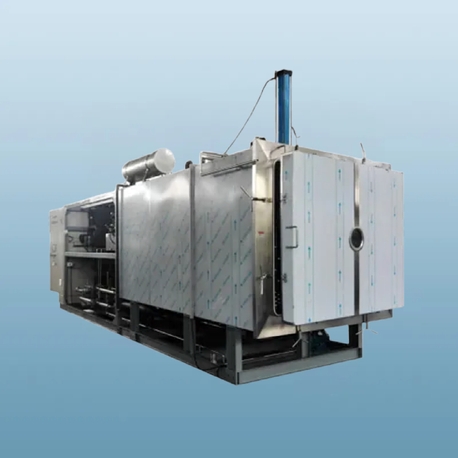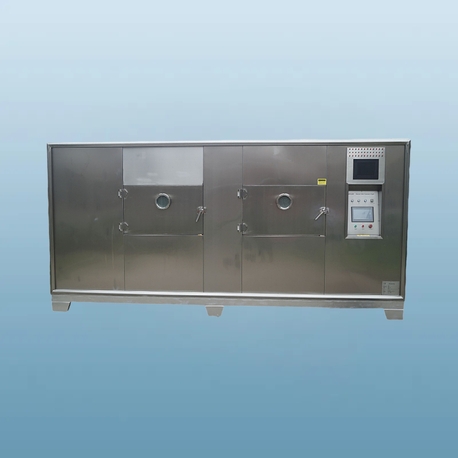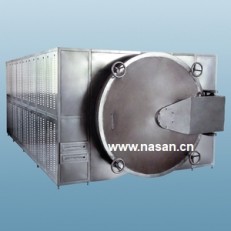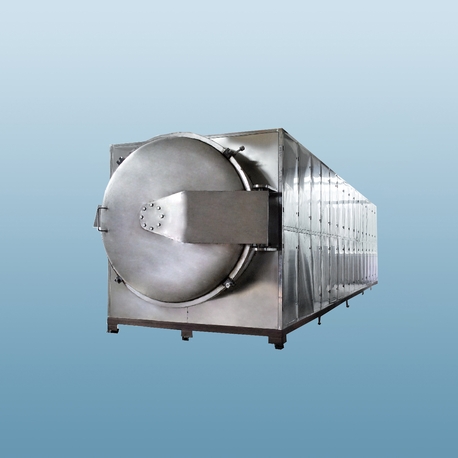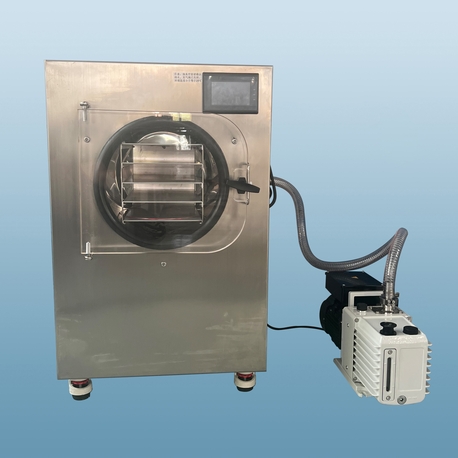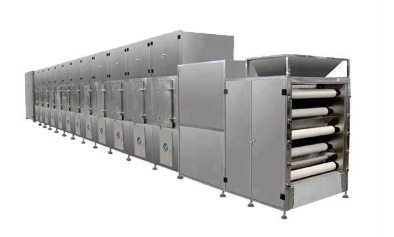In a world increasingly focused on sustainability, health, and food preservation, the dehydrator has emerged as an indispensable kitchen and industrial tool. Far from being a single-use appliance, the modern dehydrator is a versatile machine capable of transforming a vast array of products, from delicate edible flowers to massive batches of beef jerky. Whether you're a home gardener looking to preserve your herb harvest, a culinary enthusiast crafting artisinal snacks, or an industrial producer supplying the food market, understanding the specific types of dehydrators—like the flower dehydrator, beef dehydrator, and industrial food dehydrator—is key to achieving perfect results. This comprehensive guide explores the diverse world of dehydration, addressing common questions and highlighting the right equipment for every need, including clarifying the term dehydrator a suszarka.
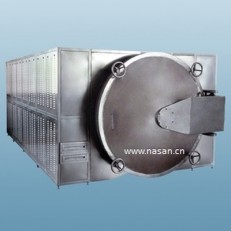
What is a Dehydrator and How Does It Work?
A dehydrator is a device that removes moisture from food and other organic materials through the gentle application of heat and air circulation. By maintaining a low temperature—typically between 95°F (35°C) and 165°F (74°C)—and constant airflow, it slowly evaporates water content. This process inhibits the growth of bacteria, yeast, and mold that cause spoilage, thereby significantly extending the shelf life of the product. Crucially, when done correctly, dehydration preserves the vast majority of the food's nutritional value, enzymes, and flavor, making it a superior preservation method compared to canning or freezing in many scenarios.
The core components of most dehydrators are a heating element, a fan for air circulation, venting for moisture escape, and trays to hold the items being dried. The precise control of temperature and airflow is what differentiates a basic model from a high-end one and defines its suitability for specific tasks.
The Delicate Touch of a Flower Dehydrator
Preserving the vibrant color and delicate structure of flowers requires a gentle and precise approach, which is the specialty of a flower dehydrator. Unlike generic models, the best dehydrators for flowers often feature tighter temperature control at the lower end of the spectrum (often 90-100°F or 32-38°C) and exceptionally even air distribution.
Applications: A flower dehydrator is used to dry roses, lavender, pansies, and other edible blooms for culinary uses like teas and cake decorations. It's also essential for crafts, creating potpourri, and preserving wedding bouquets.
Why Specificity Matters: High heat can cause petals to wilt, brown, or lose their color. A dedicated flower dehydrator ensures that the process is slow and gentle enough to maintain the botanical's aesthetic integrity. For hobbyists and small businesses, a high-quality home dehydrator with adjustable temperature settings can often double as an effective flower dehydrator.
Crafting the Perfect Jerky with a Beef Dehydrator
When it comes to making homemade jerky, not just any dehydrator will do. A beef dehydrator is designed to handle the specific requirements of drying meat safely and effectively. The key differentiator is temperature range. Pathogens in meat are destroyed at 160°F (71°C), so a quality beef dehydrator must be capable of reaching and maintaining at least this temperature.
Key Features: Ideal models feature a stainless steel construction for easy cleaning, precise digital thermostat control, and horizontal airflow. Horizontal airflow (where the fan is in the back) is preferred over vertical because it prevents juices from different meats from dripping onto one another, cross-contaminating the batches.
The Process: Using a beef dehydrator involves slicing lean cuts of beef thinly, marinating them, and then arranging them on trays with ample space for air to circulate. The result is a safe, protein-packed, preservative-free snack.
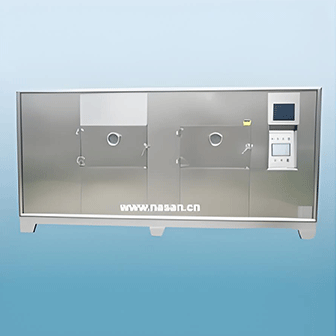
The Power of an Industrial Dehydrator
Scaling up dehydration operations requires heavy-duty equipment. An industrial dehydrator is a large-scale system designed for continuous, high-volume processing. These are not appliances but rather large pieces of machinery found in factories and large-scale food production facilities.
Scale and Capacity: An industrial dehydrator can be the size of a small room, with conveyor belts moving product through heated tunnels, or consist of large cabinets with dozens of square feet of drying space.
Applications Beyond Food: While an industrial food dehydrator is common, general industrial dehydrator units are also used in pharmaceutical, chemical, and manufacturing industries to dry everything from plastics and ceramics to wastewater sludge.
Inside the Industrial Food Dehydrator
A subset of the broader category, the industrial food dehydrator is engineered specifically for the food industry. It prioritizes hygiene, efficiency, and consistency to meet commercial standards.
Common Uses: These machines produce everything from dried fruits and vegetables for cereals and snacks to meat jerky for national brands, herbs and spices for packaging, and even ingredients for pet food.
Technology: Modern industrial food dehydrator systems often incorporate advanced features like programmable logic controllers (PLCs) for automation, energy-efficient heat pump technology, and sanitary designs that meet FDA and USDA regulations. The output from an industrial food dehydrator is uniform, shelf-stable, and produced at a rate impossible to achieve with consumer-grade equipment.
Preserving Potency with an Herb Dehydrator
Herbs are treasures of flavor and aroma, but these qualities are volatile. An herb dehydrator is designed to preserve these essential oils and compounds. Speed and low temperature are critical here; high heat can cook the herbs, degrading their flavor, color, and medicinal properties.
Ideal Conditions: The best herb dehydrator will have a temperature setting as low as 85-95°F (29-35°C). The process is usually very quick—often taking only a few hours—to lock in potency.
Home vs. Commercial: For a home user, a standard dehydrator with a low-temperature setting works perfectly as an herb dehydrator. Commercial herb farms might use a specialized cabinet-style industrial food dehydrator with multiple trays to process large harvests of basil, oregano, mint, etc., immediately after picking to ensure peak quality.
Understanding "Dehydrator a Suszarka"
For bilingual audiences or those searching in specific markets, you may encounter the term dehydrator a suszarka. This is not a type of dehydrator but rather a translation. "Suszarka" is the Polish word for a dryer or dehydrator. Therefore, dehydrator a suszarka simply refers to the same appliance, highlighting the term for Polish-speaking users or markets in Poland and surrounding regions. It underscores the global reach and universal application of dehydration technology.
Common Problems and Solutions for Every Dehydrator
Regardless of the type, users of dehydration technology often encounter similar challenges. Here are some common problems and their solutions.
1. Uneven Drying
Problem: Some trays are dry while others are still moist, or items on the edges dry faster than those in the center.
Causes: Poor airflow design, overloading trays, or uneven slicing.
Solutions: Choose a model with a fan positioned for horizontal airflow for more even results. Rotate trays periodically throughout the drying process. Ensure food is sliced to a uniform thickness and that trays are not overcrowded.
2. Process Takes Too Long
Problem: Drying is taking far longer than the recipe or manual suggests.
Causes: Ambient humidity, overloading the unit, or a faulty heating element.
Solutions: Dehydrate in a cool, dry room. Avoid opening the dehydrator door frequently, as this releases heat and humidity. Ensure the unit is not overloaded, as this impedes airflow. If problems persist, the heating element may need to be tested.
3. Food is Too Brittle or Too Soft
Problem: Food is rock-hard and crispy when it should be leathery, or remains soft and chewy when it should be dry.
Cause: Incorrect temperature or timing.
Solution: Adjust the temperature setting. Brittle food may have been dried at too high a temperature. Soft food may need more time. Learn the proper feel for different dried foods: jerky should be tough and leathery but not snap; fruits should be pliable without any moist spots.
4. Safety Concerns with Meat
Problem: Risk of bacterial growth when making jerky.
Cause: Inadequate temperature or preparation.
Solution: Always use a beef dehydrator that can reach 160°F (71°C). Pre-cook meat slices to 160°F in the oven or marinade before dehydrating to ensure safety. Follow established guidelines for making safe jerky.
5. Loss of Color and Flavor
Problem: Herbs or fruits turn brown and taste bland.
Cause: Too high a temperature, which "cooks" instead of dries.
Solution: Use the lowest effective temperature setting. For herbs and delicate fruits, never exceed 125°F (52°C). Pretreat fruits like apples and peaches by dipping them in lemon juice to prevent oxidation and browning.
Choosing the Right Dehydrator for You
Selecting the perfect dehydrator depends entirely on your primary use case:
Home Chef & Gardener: A high-quality home unit with a wide temperature range (95°F-165°F) and horizontal airflow is incredibly versatile. It can function as an effective herb dehydrator, flower dehydrator, and beef dehydrator.
Small Business Owner: If you're producing jerky, dried fruit, or herbs for sale, consider a commercial-grade cabinet dehydrator. These offer larger capacity, more durability, and more precise control than home models, acting as a small-scale industrial food dehydrator.
Industrial Producer: Large-scale operations require a true industrial dehydrator or industrial food dehydrator, which are custom-engineered solutions based on throughput requirements, product type, and energy efficiency needs.
From the delicate art of preserving a rose's petal to the massive-scale production of food ingredients, the technology of dehydration is both simple and sophisticated. Understanding the nuances between a flower dehydrator, a beef dehydrator, and an industrial food dehydrator empowers you to choose the right tool and techniques for your projects. By recognizing and avoiding common pitfalls, you can ensure that your dehydrated creations are not only safe and long-lasting but also bursting with flavor, color, and nutrition. Whether you call it a dehydrator or a suszarka, this timeless method of preservation is more accessible and useful than ever before.


